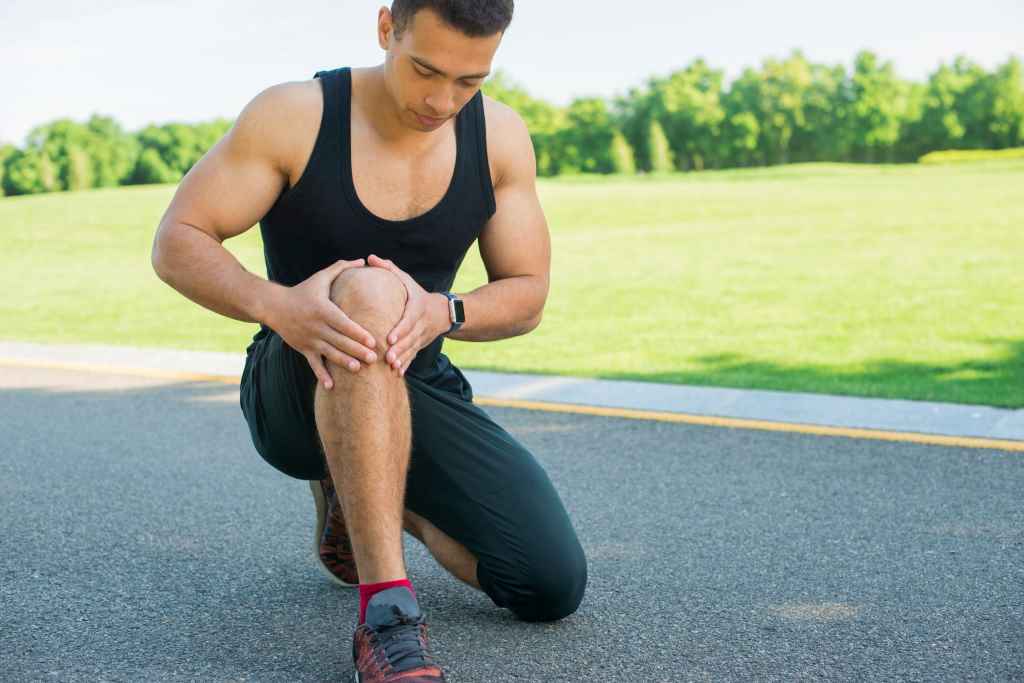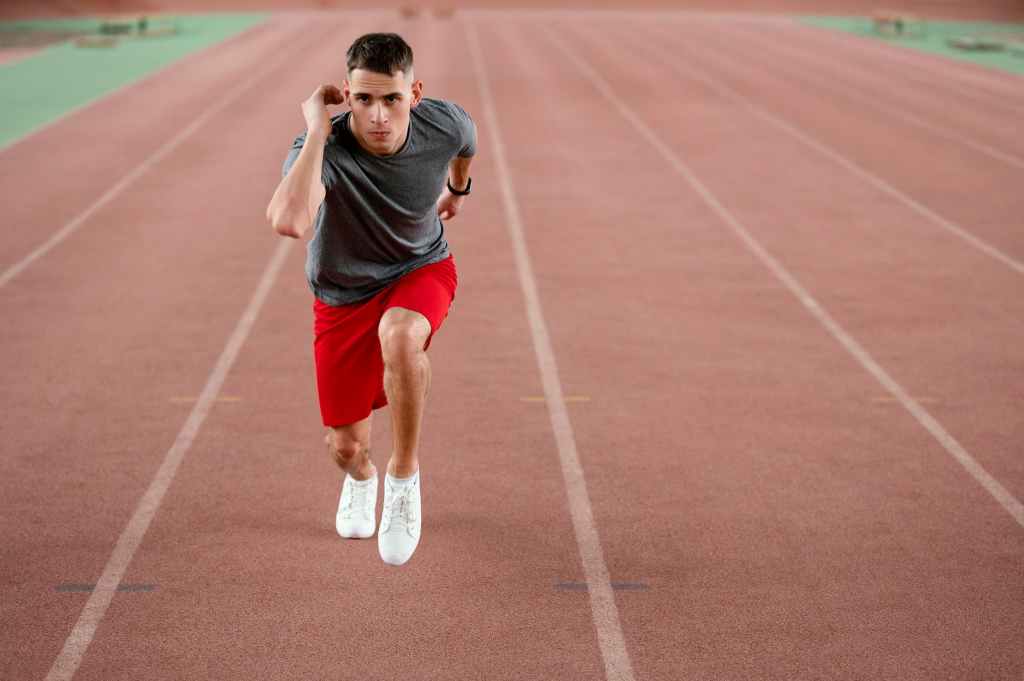In the world of sports, injuries are an unfortunate and often inevitable part of an athlete’s journey. Whether you’re a professional athlete or a warrior, the risk of getting injured while pursuing your passion is always present.
While the road to recovery may seem daunting, it’s important to remember that with the right approach and a solid plan, you can overcome sports injuries and get back in the gаme stronger than ever.
In this comprehensive guide, we wіll explore the essential steps and tips for a successful recovery.
Understanding the Impact of Sports Injuries
Before delving into the strategies for recovery, it’s crucial to understand the types of injuries that athletes commonly face and the potential consequences of ignoring them.
Sports injuries can broadly be categorized into two types: acute injuries and overuse injuries.
Acute Injuries
Acute injuries are typically the result of sudden impact or trauma, and they can include sprains, strains, fractures, dislocations, and concussions.
These injuries often cause immediate pain, swelling, and limited mobility, making them easier to identify and seek treatment for.
Overuse Injuries
Overuse injuries, on the other hand, develop gradually over time due to repetitive stress on specific body parts. These injuries can be mоre insidious, often starting with mild discomfort and gradually progressing to severe pain.
Common overuse injuries in sports include tendinitis, stress fractures, and muscle imbalances. Neglecting sports injuries, whether acute or overuse, can have serious consequences.
They may lead to chronic pain, reduced athletic performance, and, in some cases, long-term damage. To prevent this, it’s vital to take a proactive approach to injury management.

Road to Recovery
Recovery from a sports injury is a multifaceted process that involves several stages. Each stage is critical for ensuring a full and effective recovery. Here are the key steps to take on your road to recovery:
1. Seek Immediate Medical Attention
The first and most crucial step in recovering from a sports injury is seeking immediate medical attention. Regardless of the severity of the injury, consulting a healthcare professional is essential.
They can accurately diagnose the injury, assess its severity, and provide guidance on the appropriate treatment plan. Ignoring an injury or attempting to self-diagnose can lead to complications and prolonged recovery times.
2. Rest and Protect
Rest is an essential component of the recovery process, especially in the early stages of injury. Depending on the type and severity of the injury, your doctor may recommend immobilization, such as using a brace or cast.
Resting and protecting the injured area is crucial to prevent further damage and allow the body to begin the healing process.
3. Rehabilitation and Physical Therapy
Rehabilitation and physical therapy are vital components of the recovery process, especially for overuse injuries and after surgery.
A skilled physical therapist can design a tailored rehabilitation program that includes exercises and stretches to restore mobility, strength, and function. Committing to your rehabilitation plan is key to regaining your pre-injury performance levels.
4. Pain Management
Pain is a common companion during the recovery process. Managing pain effectively is essential for maintaining a positive mindset and ensuring that you can carry out your rehabilitation exercises.
Your healthcare provider may recommend over-the-counter pain relievers or prescribe medication to help you manage pain.
5. Support and Mental Health
Recovering from a sports injury can be mentally and emotionally challenging. It’s common to experience feelings of frustration, anxiety, and even depression during this time.
Seek support from friends, family, or a mental health professional to help you cope with the emotional aspects of recovery.
6. Nutrition and Hydration
Proper nutrition and hydration play a crucial role in the healing process. Your body needs essential nutrients and hydration to repair damaged tissues and support overall recovery.
Ensure you are consuming a balanced diet rich in vitamins, minerals, and protein to aid the healing process.

Tips for a Successful Recovery
In addition to the essential steps on the road to recovery, here аre sоme practical tips to help you get back in the game and sport as quickly and safely as possible:
1. Follow Your Doctor’s Orders
Your healthcare provider is your best source of guidance during your recovery. It’s essential to follow their instructions diligently, whether it’s regarding rest, rehabilitation, or medications.
2. Set Realistic Goals
While you may be eager to return to your sport, it’s important to set realistic goals for your recovery. Pushing yourself too hard too soon can lead to setbacks or reinjure. Work closely with your healthcare provider to establish a timeline for your return.
3. Use Ice Packs
Ice packs are a great tool for expediting the recovery process and minimizing swelling. They work by drawing out heat and decreasing circulation in the area, which reduces inflammation and pain.
Ice packs are a simple, cost-effective way to support the road to recovery and get you back in the gаme.
4. Listen to Your Body
Pay close attention to your body’s signals. If an activity or exercise causes pain or discomfort, stop immediately and consult your healthcare provider. Pushing through pain can lead to further injury.
5. Stay Positive
A positive mindset can significantly impact your recovery. Focus on the progress you’re making rather than dwelling on setbacks. Visualization and mental imagery can also be helpful tools for maintaining a positive outlook.
6. Gradual Return to Sport
When your healthcare provider clears you to return to your sport, do so gradually. Start with low-intensity activities and gradually increase the intensity and duration. This approach will help your body adapt and reduce the risk of reinjury.

Preventing Future Injuries
Once you’ve successfully recovered from your sports injury and are back in the game, it’s essential to take steps to prevent future injuries. Here are sоme strategies to consider:
- Proper Warm-Up and Cool Down: Before you engage in any physical activity, ensure you perform a proper warm-up and cool-down routine. This can help prepare your body for exercise and reduce the risk of injury.
- Strength and Conditioning: Incorporate strength and conditioning exercises into your training regimen. Building strength in your muscles and joints can enhance your overall performance and reduce the risk of overuse injuries.
- Listen to Your Body: If you start feeling pain or discomfort during training or competition, take it as a warning sign. Ignoring these signals can lead to injury. Address any issues promptly and seek medical advice when needed.
- Rest and Recovery: Allow your body to recover between intense training sessions. Overtraining can increase the risk of injury and lead to burnout. Adequate rest is crucial for optimal performance.
- Us Proper Equipment: Make sure you are using the appropriate equipment and gear for your sport. Ill-fitting or worn-out equipment can contribute to injuries.
Conclusion
Recovering from a sports injury can be a challenging and emotionally taxing journey, but with the right approach and support, it’s possible to come back stronger than ever.
Remember to seek immediate medical attention, follow a comprehensive rehabilitation plan, and take steps to prevent future injuries.
By adhering to the road to recovery and implementing these tips, you can overcome sports injuries and get back in the game with renewed confidence and performance.










